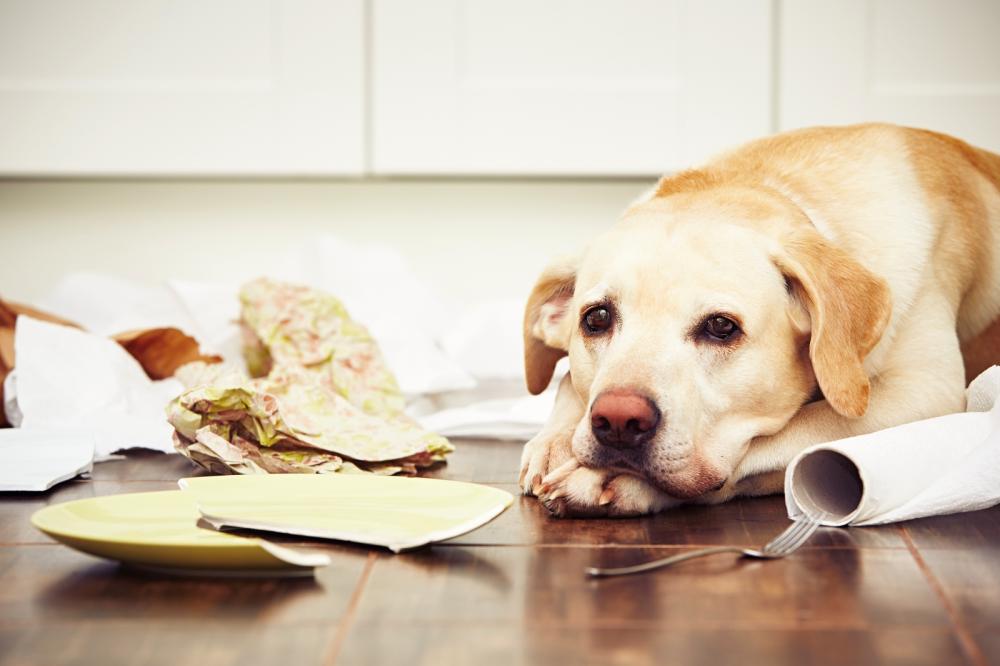Does your dog get stressed when they see you leave? Or maybe they bark excessively and run away to escape confinement? If so, the chances are that your pet’s suffering from separation anxiety.
Separation anxiety affects almost 20 to 40 percent of pet dogs in the US. The conditions associated with this disease involve several emotional and phobic disorders that can injure your doggie and cause long-term trauma.
Read on to learn about the symptoms, underlying reasons, and treatment.
How to Know Whether Your Dog is Suffering from Separation Anxiety?
Raising a puppy is no different than raising a toddler. You’ll encounter several behavioral issues as your doggie goes through its life—and separation anxiety could be one of them. Although it’s commonly thought that SA affects older dogs, it can affect a young dog too.
Here’s a comprehensive list of SA symptoms. If your dog is suffering from a separation anxiety disorder, he/she may exhibit one or more signs simultaneously.
- Extreme stress from the time you leave home until you return.
- Digging, chewing, and continuously sniffing around doors and windows, waiting for you to return.
- Salivation, drooling, and more than usual panting.
- Loud barking and howling.
- Fast pacing, whining, running, and trembling while seeing you getting prepared to leave home.
- Urination or defecation regardless of being trained.
SA isn’t the same as isolation, anxiousness, or routine mischief acts such a whimpering when you leave the house. It’s a severe condition, mostly pertaining to the absence of pet parents.
What Causes Separation Anxiety in Dogs?
Sadly, pet parents don’t dig deeper to understand SA’s root causes. Although the reasons for separation anxiety in dogs is still unclear, researchers suggest that it might be because of a traumatic separation or previous abandonment.
Moreover, breed and personality play a role in said situation. Clingy, less fierce dogs are more likely to develop SA than independent ones.
Is It Treatable?
SA in dogs varies in intensity. Here are some separate tips for treating mild and severe SA condition in your pet dog:
Mild Condition:
Don’t make your arrival and departure a big deal, leave your recently worn clothes near the dog, and treat your dogs for their correct behavior.
Severe Condition:
Use a positive reinforcement technique to calm your dog in confined spaces. Distract them with toys, loosely confine them in a room with windows, or consult a vet for therapy.
Avoid punishing, leaving the TV on, obedience training, or getting your dog a companion.

Treat Your Dog with a Relaxing, Fun Day at Our Doggie Daycare Center in Indio, CA
If your dog is suffering from separation anxiety, bring them to our luxurious pet resort in Indio, CA and dog daycare in Indio, CA. Our pet daycare facility has a swimming pool, climate-controlled indoor and outdoor play areas to ensure your dog has fun.
You can also buy adorable clothing and accessories for your furry friend at our upscale pet boutique or leave them with our certified caretakers while you’re away! For more information, get in touch with us today!
Note: The tips and advice in this blog are not from a specialist. Please consult a professional animal behavior vet for qualified guidance and treatment.


Recent Comments